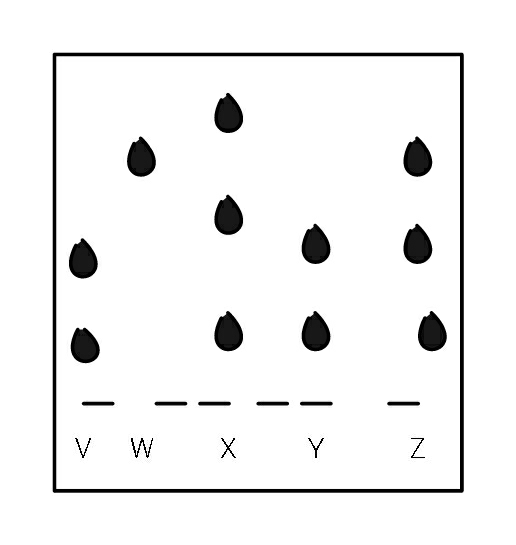
AllQuestion and Answers: Page 1697
Question Number 38613 Answers: 1 Comments: 0
Question Number 39491 Answers: 0 Comments: 0

Question Number 38600 Answers: 3 Comments: 1

Question Number 38593 Answers: 1 Comments: 3

Question Number 38587 Answers: 2 Comments: 2
Question Number 38570 Answers: 0 Comments: 2

Question Number 38568 Answers: 0 Comments: 18
Question Number 38562 Answers: 1 Comments: 0
$$\left(\sqrt{\mathrm{2}}\:+{i}\right)\left(\mathrm{1}−\sqrt{\mathrm{2}{i}}\:\right) \\ $$
Question Number 38559 Answers: 1 Comments: 0
Question Number 38557 Answers: 1 Comments: 0
Question Number 38536 Answers: 2 Comments: 0
$$\int_{\mathrm{0}} ^{\pi} \frac{{dx}}{\sqrt{\mathrm{3}−\mathrm{cos}\:{x}}}= \\ $$
Question Number 38535 Answers: 0 Comments: 0
Question Number 38534 Answers: 0 Comments: 0
$$\int\underset{{R}} {\int}\left(\mathrm{2}{x}\:+\:\mathrm{3}{y}\right)^{\mathrm{2}} \:{dA}=?? \\ $$
Question Number 38533 Answers: 2 Comments: 2

Question Number 38521 Answers: 0 Comments: 1
Question Number 38520 Answers: 0 Comments: 1
Question Number 38518 Answers: 0 Comments: 1
Question Number 38517 Answers: 2 Comments: 0
Question Number 38516 Answers: 3 Comments: 1
Question Number 38515 Answers: 1 Comments: 0
Question Number 38492 Answers: 0 Comments: 1

Question Number 38495 Answers: 4 Comments: 0
Question Number 38488 Answers: 2 Comments: 0
Question Number 38478 Answers: 0 Comments: 1

Question Number 38477 Answers: 1 Comments: 0

Question Number 38475 Answers: 1 Comments: 0
Pg 1692 Pg 1693 Pg 1694 Pg 1695 Pg 1696 Pg 1697 Pg 1698 Pg 1699 Pg 1700 Pg 1701
